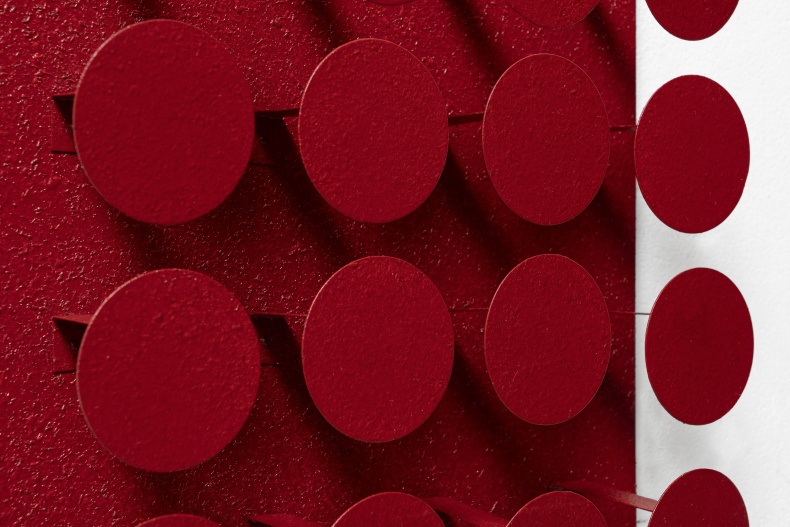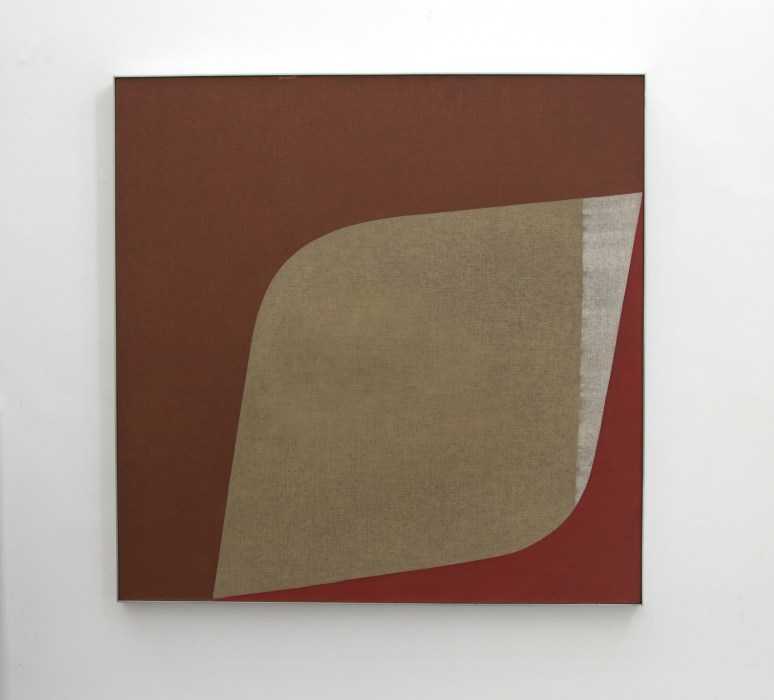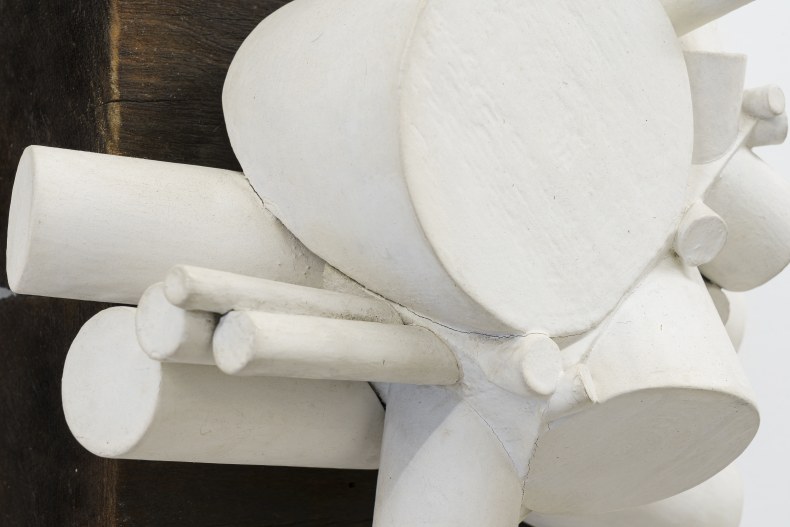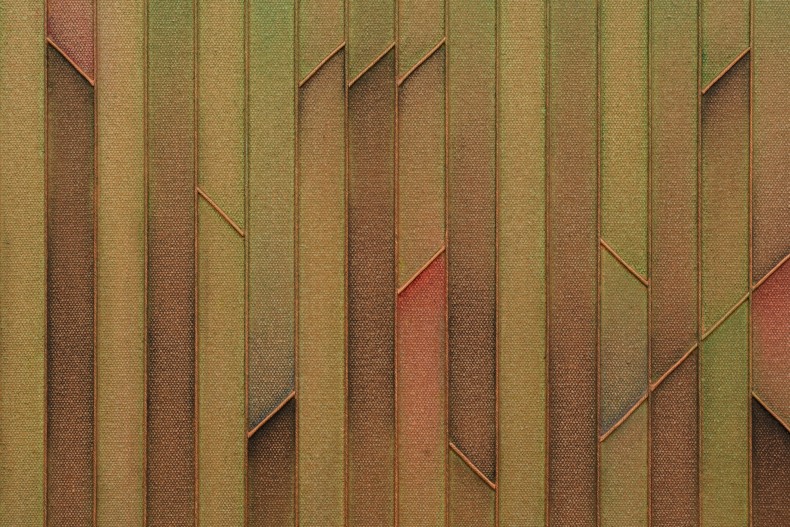Nara Roesler is pleased to present at TEFAF 2023 a selection of works by a group of mid-twentieth century landmark abstract masters: Tomie Ohtake, Lygia Pape, Abraham Palatnik, Heinz Mack and Sergio Camargo. Eclectic in their take on abstraction, all these artists stood out within their contexts for their innovation, ingenuity and unorthodox practice. Rather than following a programmatic path, their abstraction was open to enriching permeable connections, avoiding strictures and mutually exclusive polarities such as optical/haptical, geometric/organic, kinetic/parallactic. Their selection of different practices in the abstract field points to many possible paths where all the aforementioned categories fruitfully collide.
Informed by the trends of the abstract-geometric avant-gardes of the beginning of the 20th century, especially those of Russian Constructivism and the Bauhaus movement, and also guided by early optical experiments around Dada (Duchamp, Survage, Man Ray), these artists apply both intuitive approach and scientific rationality to the construction of expressive visual effects. As a result, their works convey the observer to perceiving static fields as mobile, and vice versa, while purposefully revealing the instability of the image.
Nara Roesler’s TEFAF 2023 roster of artists is mostly Brazilian, featuring works by Ohtake, Pape, Palatnik and Camargo, with one axial European addition: Heinz Mack. Indeed, the history of Abstraction in the Americas is twofold: on one hand there is a mainstream core of subjective, gestural abstract expressionism rising around the New York School early in the 1940s, for which the impulsion of Surrealism was key. On the other hand, mostly in Latin America, there was the connection between early Constructivism and Neoplasticism blossoming among Latin artists expatriated in France, UK, Germany and Italy, for which the seminal inception by Torres-García’s legacy was central. This more formal, analytical path of modern Abstraction led to the unparalleled artistic landscape of late-modern art in countries such as Brazil, Argentina, Venezuela, Uruguay and Colombia, among others.
In this sense, Palatnik, in Brazil, and Mack, in Germany, were pioneers in developing works that relied on elementary and geometric shapes to create visual propositions in which the real or virtual movement, given by the rhythm and dynamics of the composition, actively challenged the public eye, producing surprising effects, optical illusions and perplexing sensations. Both were pioneers of early motorized mobile abstract works and, without knowing each other both artists stood out for their tectonic approach to relief and surfaces.
The works by Lygia Pape, Sergio Camargo and Tomie Ohtake—among them Pape’s Tecelares series, an unprecedented and unique example of neoconcrete xylography—, featuring the primacy of organic shapes are presented in consonance with the abstract-geometric practices of Mack and Palatnik, pointing to the various experimental paths they inaugurated in the realm of Abstraction.






